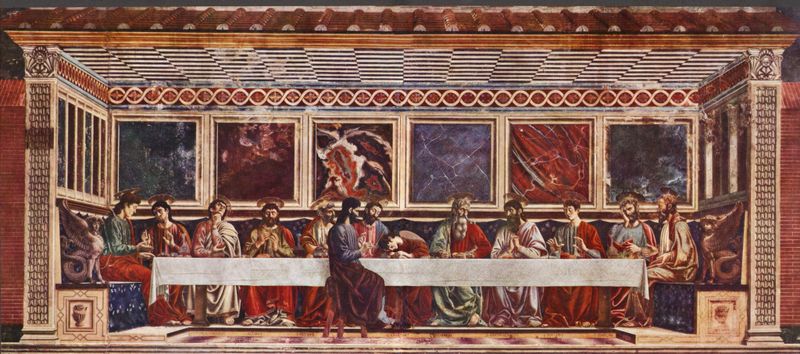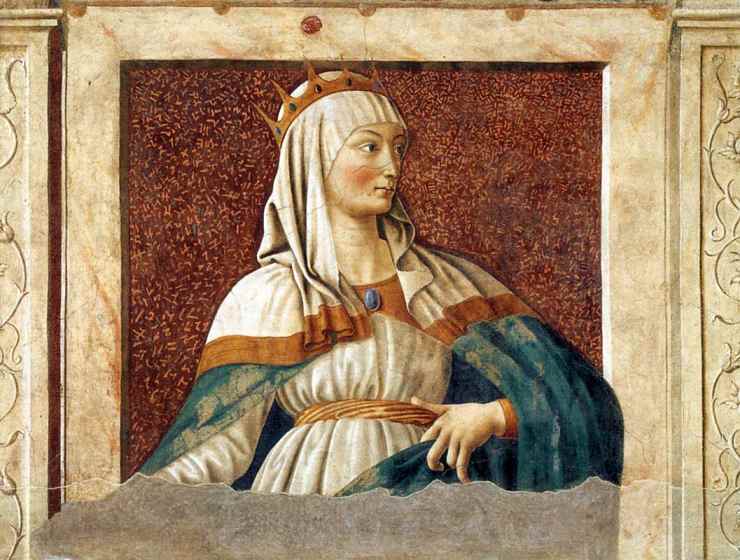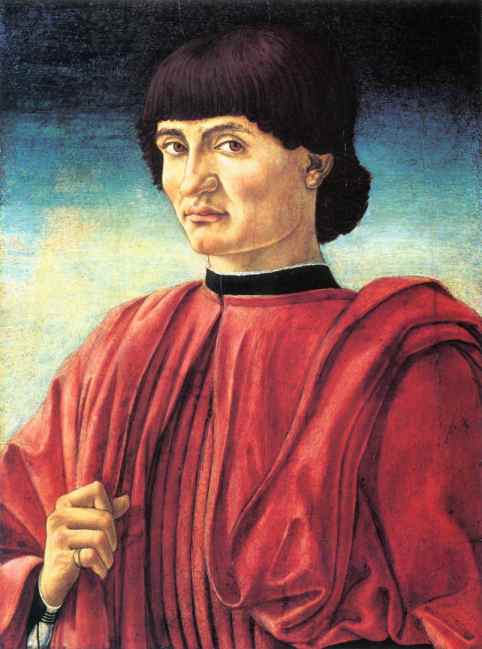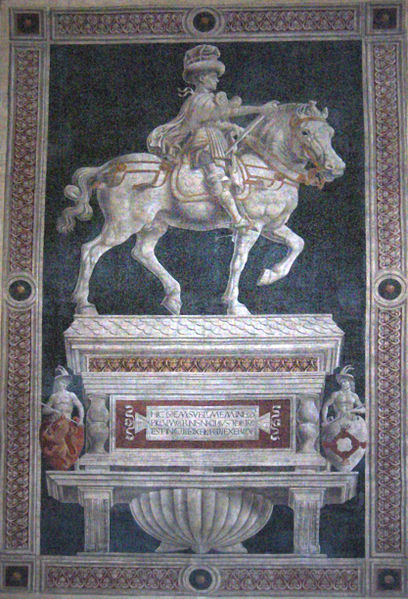Andrea del Castagno (1421 – 1457)
Get a Castagno Certificate of Authenticity for your painting (COA) for your Castagno drawing.
For all your Castagno artworks you need a Certificate of Authenticity (COA) in order to sell, to insure or to donate for a tax deduction.
Getting a Castagno Certificate of Authenticity (COA) is easy. Just send us photos and dimensions and tell us what you know about the origin or history of your Castagno painting or drawing.
If you want to sell your Castagno painting or drawing use our selling services. We offer Castagno selling help, selling advice, private treaty sales and full brokerage.
We have been authenticating Castagno and issuing certificates of authenticity since 2002. We are recognized Castagno experts and Castagno certified appraisers. We issue COAs and appraisals for all Castagno artworks.
Our Castagno paintings and drawings authentications are accepted and respected worldwide.
Each COA is backed by in-depth research and analysis authentication reports.
The Castagno certificates of authenticity we issue are based on solid, reliable and fully referenced art investigations, authentication research, analytical work and forensic studies.
We are available to examine your Castagno painting or drawing anywhere in the world.
You will generally receive your certificates of authenticity and authentication report within two weeks. Some complicated cases with difficult to research Castagno paintings or drawings take longer.
Our clients include Castagno collectors, investors, tax authorities, insurance adjusters, appraisers, valuers, auctioneers, Federal agencies and many law firms.
We perform Andrea del Castagno art authentication, appraisal, certificates of authenticity (COA), analysis, research, scientific tests, full art authentications. We will help you sell your Andrea del Castagno or we will sell it for you.

Andrea del Castagno was an Italian painter from Florence, influenced chiefly by Tommaso Masaccio and Giotto di Bondone. His works include frescoes in Sant’Apollonia in Florence and the painted equestrian monument of Niccolò da Tolentino (1456) in the Cathedral in Florence. He in turn influenced the Ferrarese school of Cosmè Tura, Francesco del Cossa and Ercole de’ Roberti.

Andrea del Castagno was born at Castagno, a village near Monte Falterona, not far from Florence. During the war between Florence and Milan, he lived in Corella, returning to his home after its end. In 1440 he moved to Florence under the protection of Bernadetto de’ Medici. Here he painted the portraits of the citizens hanged after the Battle of Anghiari on the facade of the Palazzo del Podestà, gaining the nickname of Andrea degli Impiccati.
Little is known about his formation, though it has been hypothised that he apprenticed under Fra Filippo Lippi and Paolo Uccello. In 1440-1441 he executed the fresco of Crucifixion and Saints in the Ospedale di Santa Maria Nuova, whose perspective-oriented construction and figures shows the influence of Masaccio.

In 1442 he was in Venice where he executed frescoes in the San Tarasio Chapel of the church of San Zaccaria. Later he also worked in St. Mark’s Basilica, leaving a fresco of Death of the Virgin (1442-1443).
Back in Florence, he designed a stained window with Deposition for the local Cathedral. On May 30, 1445 he became member of the Guild of the Medicians. From the same year is the fresco of Madonna with Child and Santi in the Contini Bonacossi Collection (Uffizi).
In 1447 he worked in the refectory of Sant’Apollonia in Florence, painting, in the lower part, Last Supper fresco], accompanied by other scenes portraying the Deposition, Resurrection, and Crucifixion, which are now damaged. He also painted a lunette in the cloister, depicting a Pietà.

The Last Supper displays del Castagno’s talents at his best. The arrangement of balanced figures in an architectural setting is particularly noted. For instance, Saint John’s posture of innocent slumber neatly contrasts Jude the Betrayer’s tense, upright pose, and the hand positions of the final pair of apostles on either end of the fresco mirror each other with accomplished realism. The colors of the apostles’ robes and their postures contribute to the balance of the piece.

The detail and naturalism of this fresco portray the ways in which del Castagno departed from earlier artistic styles. The highly detailed marble walls hearken back to Roman “First Style” wall paintings, and that the pillars and statues recall Classical sculpture and preface trompe l’oeil painting. Furthermore, the color highlights in the hair of the figures, flowing robes, and a credible perspective in the halos foreshadow advancements to come.

In 1449-1450 he painted the Assumption with Saints Julian and Miniato for the church of San Miniato fra le Torri (now in Berlin). In the same years he collaborated with Filippo Carducci to a series of Illustrious People for the the Villa Carducci at Legnaia. These include Pippo Spano, Farinata degli Uberti, Niccolò Acciaioli, Dante, Petrarca, Boccaccio, the Cumaean Sibyl, Esther and Tomiri.

Also from around 1450 is the Crucifixion in London, as well as the David with Goliath’s Head and the Portrait of a Man in Washington. Between January 1451 and September 1453 he completed the frescoes with Scenes of Life of the Virgin left unfinished by Domenico Veneziano in the Florentine church of Sant’Egidio (now lost). In October Filippo Carducci commissioned him frescoes for his villa at Soffiano, of which today an Eve and a ruined Madonna with Child survive.

In 1455 Andrea del Castagno worked in the Basilica della Santissima Annunziata (frescoes with Trinity with St. Jerome and Two Female Saints and St. Julian and the Redeemer, the former showing a stressed realism). Also to those years is attributed a Crucifixion for St. Apollonia. In 1456 he executed in the Cathedral the famous fresco of the Equestrian Statue of Niccolò da Tolentino, paralleling the similar painting by Paolo Uccello portraying John Hawkwood.

Giorgio Vasari, an artist and biographer of the Italian Renaissance, alleged that Castagno murdered Domenico Veneziano, although this seems rather unlikely – given that Veneziano died in 1461, four years after Castagno died of the plague. Still wondering about an Italian painting in your family collection? Contact us…it could be by Andrea del Castagno.
Reviews
1,217 global ratings
5 Star
4 Star
3 Star
2 Star
1 Star
Your evaluation is very important to us. Thank you.
